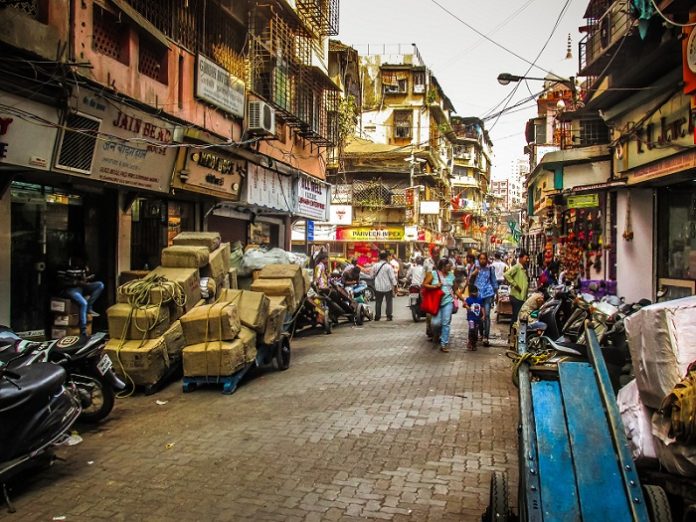India was long thought to be on the way to introducing a complete ban on cryptocurrencies. However, the G20 Summit, which was recently concluded, saw India join other G20 nations to endorse the cryptocurrency guidelines recommended by the International Monetary Fund (IMF) and the Financial Stability Board (FSB).
This news should be a relief to crypto investors in India, as they wait for the crypto framework to take effect. According to Siddharth Sogani, CEO of CREBACO, who has been working with governmental organizations and departments, the Indian government is developing a five-point crypto legislation with a global approach.
The IMF-FSB crypto proposals suggest a regulation of the cryptocurrency market, rather than a total ban. The G20 nations can use the regulatory principles and ideas provided by the IMF and FSB to create their own independent yet cooperative crypto legal framework.
According to Sogani, the CEO of CREBACO, the framework will include five points, and will emphasise international cooperation on topics such as crypto taxes (which are due to come into effect in April 2022). These points are:
1. Establishing an advanced Know Your Customer (KYC) system for cryptocurrency enterprises that complies with FATCA and current anti-money laundering regulations.
2. Crypto platforms providing regulators with real-time Proof-of-reserve audits.
3. A global taxation system that is uniform.
4. Allowing cryptocurrency exchanges to acquire the status of authorised dealers (like banks) under the rules of the Reserve Bank of India (RBI).
5. For crypto platforms, important positions like the Money Laundering Reporting Officer (MLRO) may be required.
The G20 Summit has proven to be a positive event for the cryptocurrency industry, with India and other G20 nations supporting the IMF-FSB proposals for cryptocurrency guidelines. India is now creating a five-point regulatory framework which, if approved, could become law in the next five to six months.

